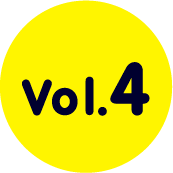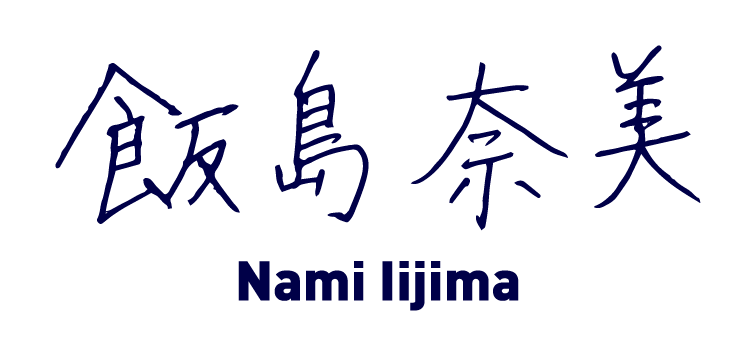What does it mean to write? Writing is a very simple task one can do with only a pen and paper. And yet, there’s an incredible amount of power to it, such as expressing your feelings to someone, gathering your thoughts into one place, leaving behind a record of present events to look back on in the future . . .
We’ll be using the Hobonichi Techo 2019 release to take another look at the action of writing, pondering and discussing what makes it so fun and what makes it so mysterious.
In this special article, we’ve taken a closer look at 10 people who draw and write in their professional or personal lives, checking out their favorite writing tools and hearing all about their writing process. We hope you enjoy reading all about the wide variety of approaches to writing.
What does it mean to write?


“By keeping everything written in a single notebook,
I can look back and see all the dishes I’ve already presented.”
Food Stylist Nami Iijima uses her notebook to make autumn-themed menus that form the basis for a radio show. It’s all handwritten and described in a way that leaves you imagining the delicious-looking spread on a dining table.
ProfileNami Iijima
Born in Tokyo.
Professional food stylist for TV commercials, advertisements, and movies.
Major works include food styling in the movies Kamome Diner, The Chef of the South Pole, The Great Passage, and Our Little Sister; the NHK TV series Gochisosan; and the television dramas Midnight Diner and Quartet.
Main published works include LIFE - Dinner for a Happy Nothing Special Day! and French Cuisine to Pair with Wine.
Original products include Kishu Plum Vinegar and a recipe booklet of dishes that use plum vinegar.





